Women's syndicate that reigned in London since the 18th century (9 photos)
One of the most terrible and attractive gangs in Great Britain, which managed to gain authority in a world where men ruled. 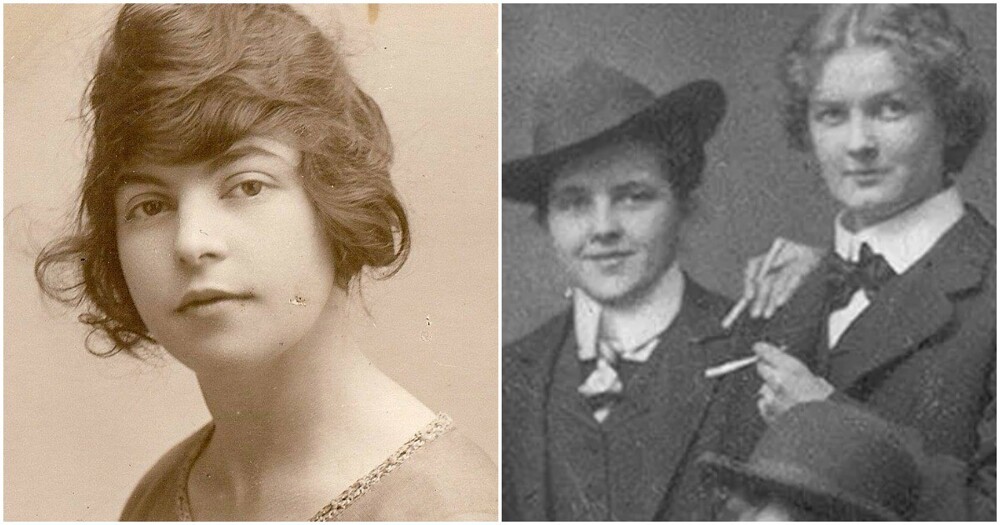
The media started talking about them only in 1973, and they began to talk about the gang back in the 18th century, when its leader Maggie Hill was remembered by people for her beauty and terrible cruelty.
The gang had an unusual name - "40 Elephants", formed from the Elephant and Castle Square, located in the south-east part of London. There was also a den for the “elephants”. 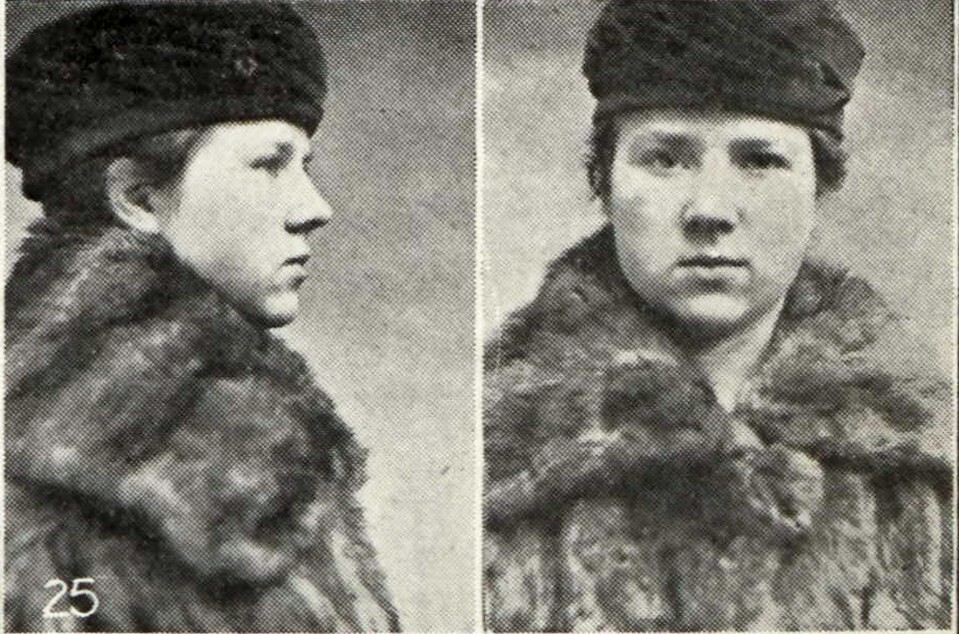
Maggie Hill
In the 19th century, the gang turned into a crime syndicate. London was the capital of crime throughout the world and the girls managed to force the rest of the gangs to respect themselves and reckon with them. Each of the participants in “40 Elephants” masterfully wielded almost any type of weapon, and in hand-to-hand combat they were in no way inferior to men. 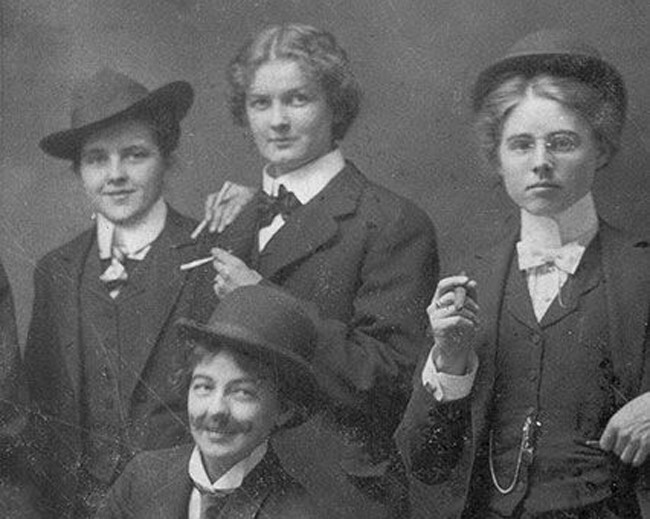
Photo of the gang in 1920
The most “innocent” acts of the “elephants” were raids on stores. They dressed in special clothes, which included wide trousers, belts and hats with secret pockets. According to etiquette, at that time it was impossible to search a woman, so the girls were not afraid of anything. They could also get a job in the houses of the rich, so that, after looking closely, they could then make the most of it. But these were childish pranks compared to their other crimes. 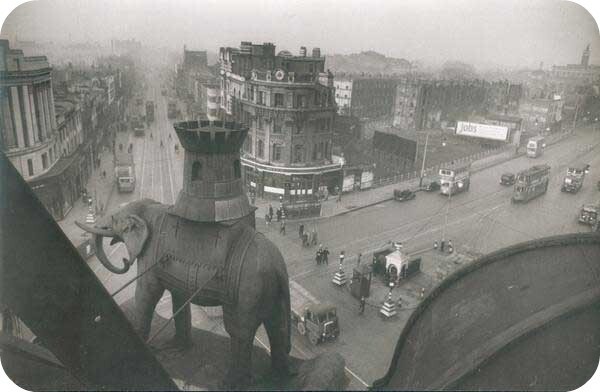
"Elephant and Castle" Square
Maggie Hill could have chosen an expensive department store with many outlets. At a signal, several dozen girls burst into the premises and began to rob the sellers. Showcases shattered into small fragments, the “elephants” grabbed everything valuable that they could carry away and immediately ran out of the department store even before the police even had time to get there. Such raids brought them thousands of pounds sterling. 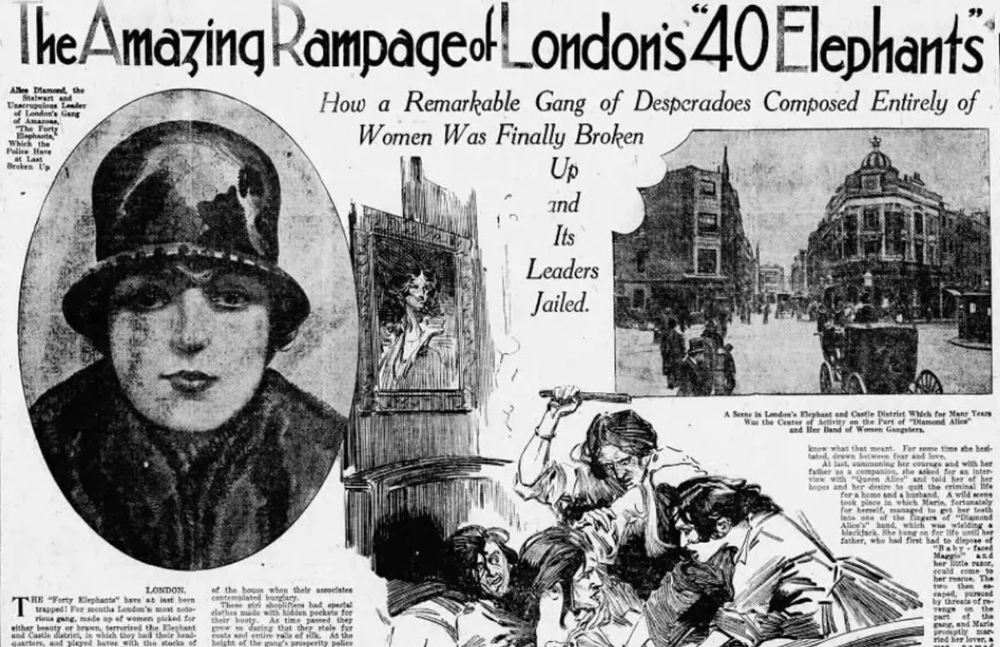
“40 elephants” kidnapped people and “punished” with money those who dared to commit robberies on their territory. If one of the other gangs risked entering their lands, then at least he was beaten. Often, girls who were distinguished by their beauty seduced rich men and then blackmailed them. 
Ada Johnson, "40 Elephants" veteran
The last "queen" was Alice Diamond. She was “crowned” as soon as the girl was only 20 years old - in 1916. Alice, as her nickname suggests, had a weakness for diamonds and wore a ring with a stone on each finger. Tasteless? May be. But in a fight, she swept the enemy with “precious” fists so that the effect was like that of brass knuckles.
Alice handled her girls with the strictness of military discipline. She divided the gang into several groups and now they could carry out raids simultaneously on several stores in opposite areas of the city. All together they united to attack large retail outlets. The “elephants” were so fierce that they even attacked a department store for naval officers. 
Alice Diamond
During Alice's reign, girls attacked throughout the city and their faces soon became recognizable. I had to leave for other cities to look for money. The syndicate flourished, the “elephants” led a luxurious life: expensive restaurants, good clothes (which they bought in the same place where they robbed them). They had the most technical and fastest cars at their disposal, and the trophies were immediately sold to shops, pawn shops, and even street vendors. 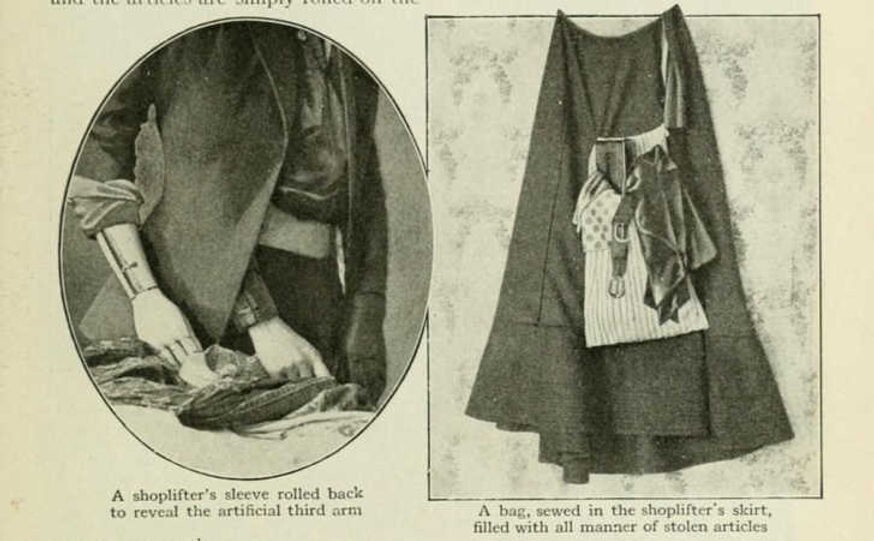
Clothes for robbery
But someday the thieves' luck had to turn away from them. This happened in 1923, when one of the girls, Maggie, was captured by police during a raid on a jewelry store. She had 34 diamond rings with her.
Well, in 1925 the “queen” herself was caught. One of the girls violated the immutable law of the gang - no crushes or serious relationships. She could not give up her beloved, and Alice decided to punish the obstinate girl. She, in the company of several gang members, broke into the house where the girl lived and tried to deal with her. But neighbors heard the noise and called the police. Alice was arrested. At the trial, by the way, various high-ranking people tried to help her, but nothingit didn't work out. 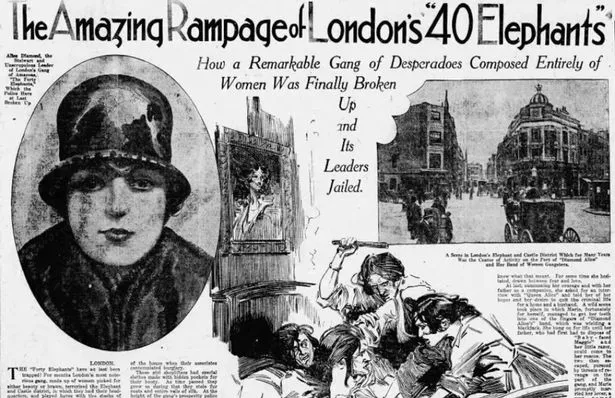
Diamond tried to control “40 elephants” from behind bars, but the idea failed. There was no suitable replacement for the legendary “Diamond Queen” and the gang began to wither away. Alice was released a few years later and tried to revive the former greatness of the "elephants", but news about the "40 elephants" began to appear less and less in the news and already in the 1950s no one had heard anything about the gang.






















